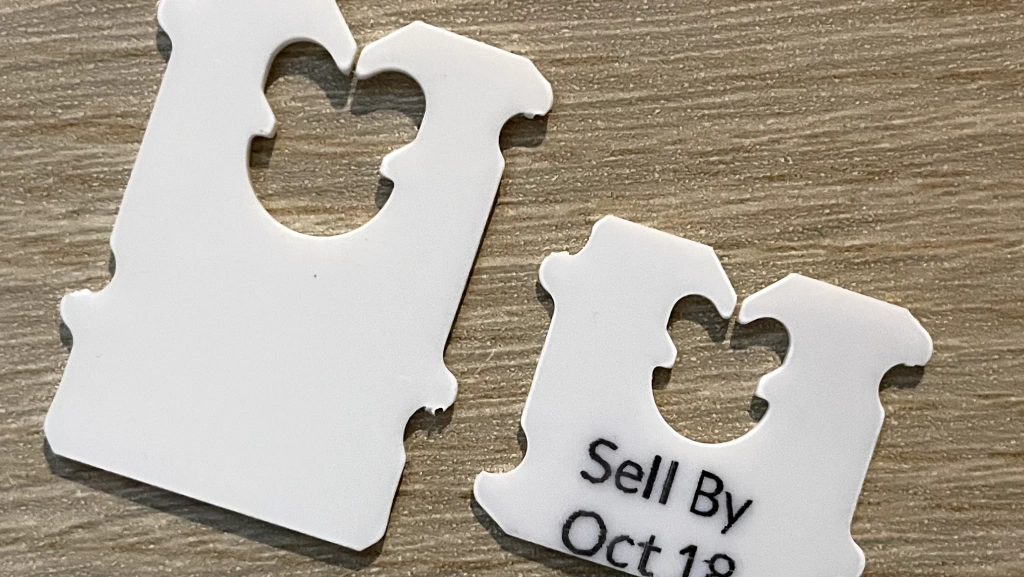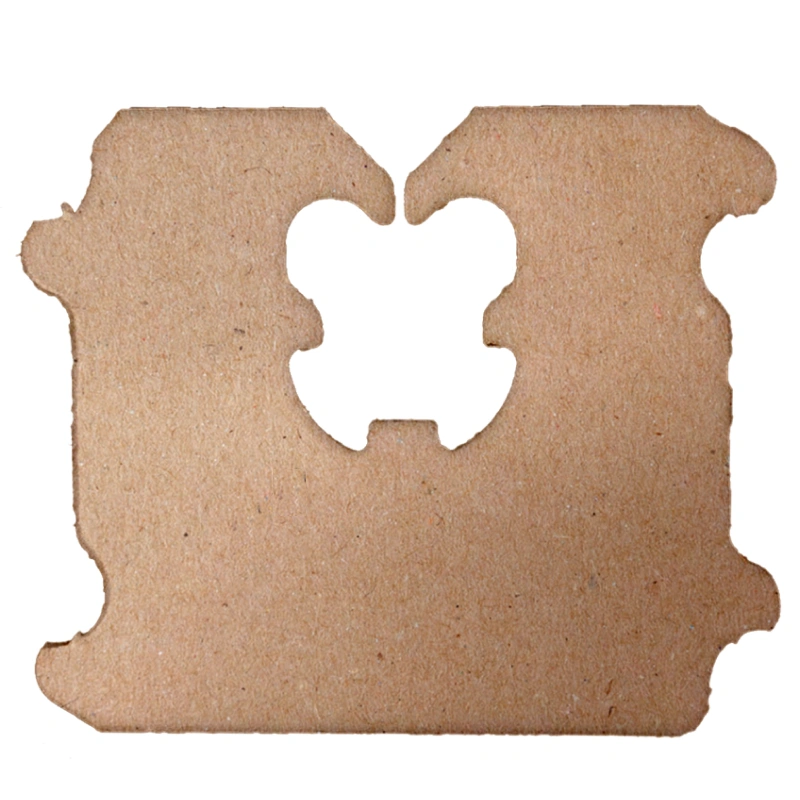What are bread clips? Glad you asked. They are the little plastic tabs used to close and secure the end of a bag of bread. They are also used in all sorts of other bagged grocery products like root vegetables and fruits.
To be clear, we only kinda love this because they are mostly made from plastic. A disposable plastic clip to hold disposable plastic bag closed is not a reasonable choice for anyone that isn’t knowingly poisoning the environment. So we love that recyclable/biodegradable cardboard clips are being made. But they need to be more widely adopted throughout grocery supply chains.
We really love that someone made a taxonomy classification website for bread clips and all their wonderful permutations – HORG.

The small, yet mighty invention to make microplastic waste everywhere (in addition to other things) Those little plastic clips that come with bread bags and various other food products, typically in a variety of bright colors and shapes. They’re small, simple, and functional, yet they have a fascinating history and a surprisingly big impact on everyday life. These bread clips (often called “bread ties,” “bag clips,” or “bread tags”) may seem like an insignificant detail, but they’ve been helping to keep our food fresh for over 60 years.
What Exactly Are Bread Clips?
Bread clips are small, plastic devices that are used to seal the opening of a bag, typically a bread bag, although they are also used in many other food packaging materials. They keep the contents of the bag—whether it’s bread, bagels, or other bakery products—secure and fresh by preventing air from entering and moisture from escaping. Without these little clips, the bag would be left open and vulnerable to contamination, staleness, and, of course, crumbs spilling everywhere!
Typically, bread clips are made from thin, sturdy plastic and have two prongs that grip the bag’s opening when slid over it. The clip is often rectangular, with rounded corners, and has a cut-out portion that can accommodate a label or a code identifying the product’s brand or expiration date.
The History of the Bread Clip
The bread clip’s invention dates back to the 1950s. Before that, bread bags were typically twisted shut or tied with string, but that system was less effective at keeping the bag sealed tight and could lead to bread becoming stale more quickly. The innovation we recognize today was patented in 1952 by Albert P. Marsh, an engineer and inventor from the United States.
Marsh’s design improved the practicality of bread bags by creating a simple yet effective clip that could securely hold the bag closed without requiring the use of knots or complicated closures. This clip was made from cellulose acetate plastic and was designed to be reusable, a key feature that made it a favorite for bakeries and manufacturers alike.
The bread clip that Marsh invented quickly gained popularity and was soon adopted by bakeries around the country. For a long time, the clips were used mostly on bread bags, but as more manufacturers began using similar packaging methods, the bread clip became a staple of all kinds of food products.
How Do Bread Clips Work?
Bread clips are incredibly simple, but their function is surprisingly effective. Here’s how they work:
- The Clip Design: The clip is made from a thin, flexible plastic. It’s designed with two prongs that can be pressed together to open the clip and then slide over the neck of a plastic bag. Once it’s in place, the clip’s prongs press against the bag and hold it shut.
- Securing the Seal: The clip helps to keep the contents of the bag fresh by preventing air from entering and moisture from escaping. This not only helps to preserve the food but also keeps it free from contamination.
- Reusable and Cost-Effective: One of the best things about bread clips is that they are designed to be reused. Although many people just toss them away after opening a bread bag, some environmentally conscious consumers will save and reuse bread clips for other purposes, like closing other plastic bags or organizing cables.
- Identification and Branding: In addition to its functional use, the bread clip often includes a number or brand name imprinted on the side, providing important information like the bakery’s name, a product code, or even the expiration date. This makes it easier for consumers and store employees to quickly identify different products.
Bread Clips Around the World
Though bread clips are most commonly associated with the United States, they are used worldwide. However, not all bread clips are the same. In different regions, you might see variations in color, shape, and size. For example:
- In Europe, particularly in countries like Germany, bread clips often have a more angular shape compared to their rounded counterparts in the U.S.
- In Australia, bread clips sometimes come in slightly different designs and colors, and they can be found on a variety of food bags, not just bread.
- In Asia, particularly in places like Japan, bread clips are also used, but they can sometimes be replaced by twist ties or simple seals depending on the bakery’s packaging style.
Despite these differences, the basic principle remains the same: bread clips are designed to keep bags tightly sealed and their contents fresh.
Fun Facts About Bread Clips
- Color Coding: In some countries, bread clips are color-coded to indicate the baking date or expiration date. For example, some bakeries might use a specific color for bread baked on a particular day of the week, helping employees quickly identify fresh stock.
- More Eco-Friendly Re-Uses: Though many people toss them out, bread clips can actually be reused for a variety of purposes, like:
- Organizing cords and cables.
- Labeling bags for food storage.
- Using them as makeshift bookmarks.
- Helping to secure plant ties in the garden.
- Collector’s Items: Believe it or not, some bread clip enthusiasts actually collect different types of clips. There’s even a small community of people who swap bread clips from different bakeries and regions.
- Creating Art: Along with other artists like Shani Nottingham, you can create all kinds of wonderful things from these otherwise wasted bread clips.
- The “Bread Clip Museum”: In 2006, a Bread Clip Museum was even established in Huntsville, Alabama, dedicated to the history and impact of the little plastic clip. It’s one of those quirky, offbeat attractions that show just how much these small inventions can affect our daily lives.
- Alternative to Twist Ties: In many countries, bread clips have almost entirely replaced the old-fashioned twist ties that used to seal bread bags. Twist ties were less reliable because they could be harder to secure, whereas bread clips are easy to apply and remove.
Although they’re often overlooked, bread clips are an ingenious and essential part of our everyday lives. These small, colorful plastic clips may seem insignificant, but they’re responsible for keeping our bread (and many other packaged goods) fresh, sealed, and safe. Whether you’re using them to close your bread bag or repurposing them for something else entirely, these humble little clips have had a big impact on the world of food packaging.
So next time you grab a loaf of bread from the store, take a moment to appreciate the genius of the bread clip—after all, it’s been helping to keep our food fresh for more than half a century! And let’s all look for those awesome non-plastic bread clips.

